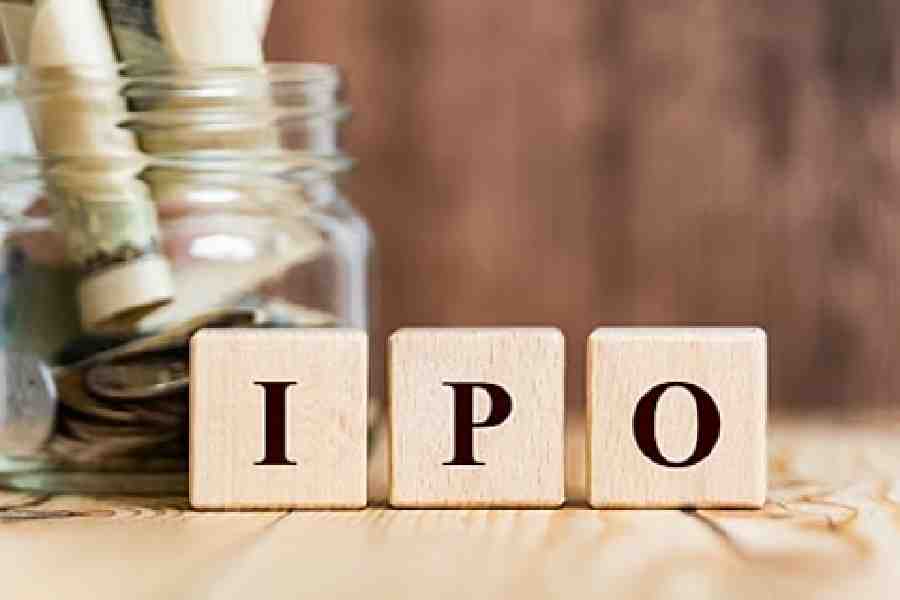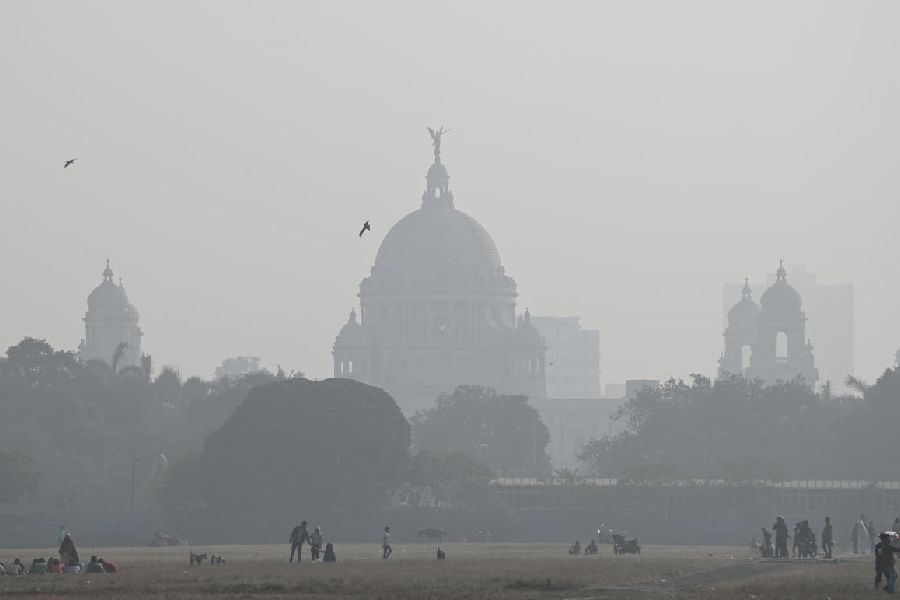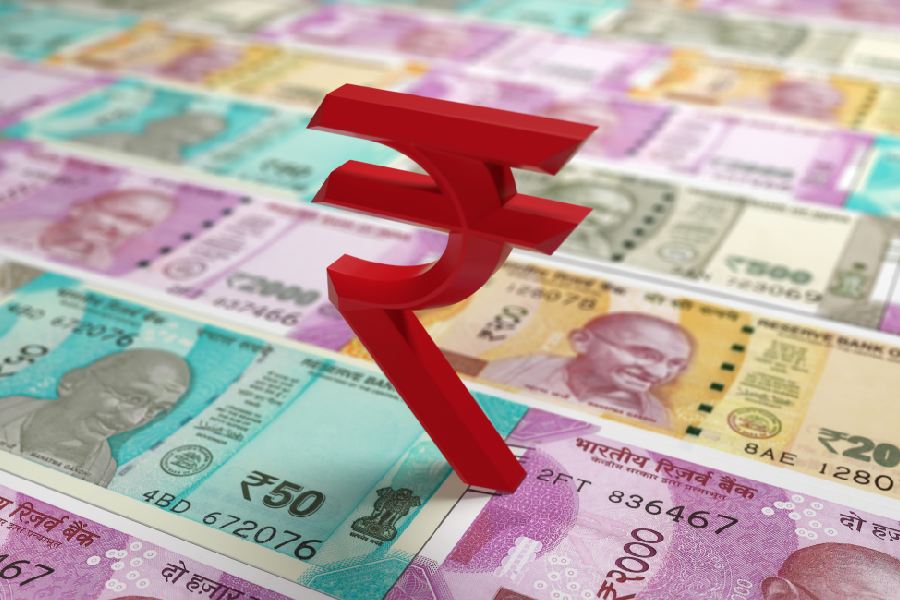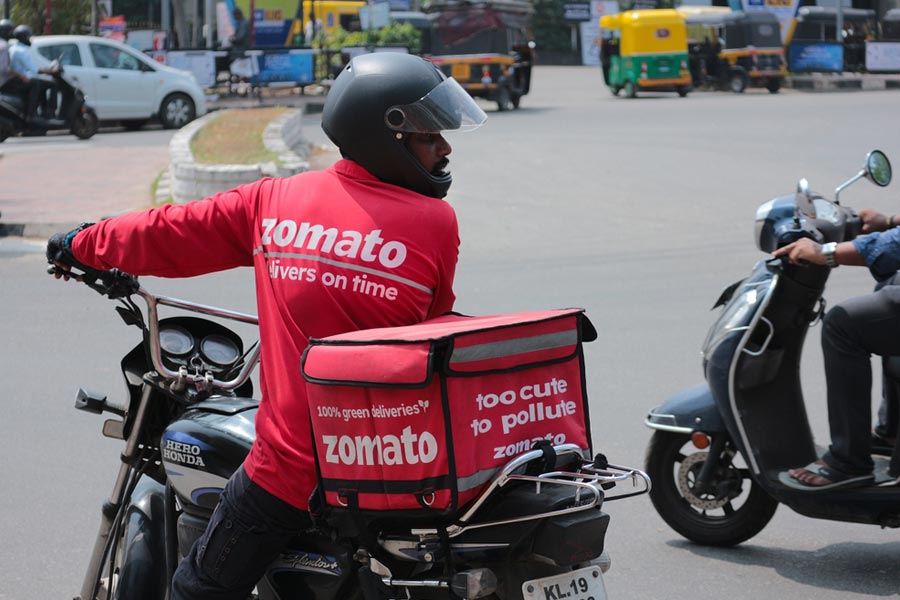More than six crore Indians currently suffer from heart disorders, according to an estimate. Many of them will eventually be advised either a coronary artery bypass graft (CABG) - colloquially known as bypass surgery - or an angioplasty. While some people will be worried about the physical impact of a major surgery like the bypass, almost all will be chary of the immense costs. In fact, about 80 per cent of people prescribed bypass or angioplasty cannot afford these procedures. So they look for alternative treatments and there are quite a few on offer - pharmaceutical intervention or pills, Harvard-researched natural bypass, US Food and Drug Administration approved EECP, laser surgery and so on. While most of these methods are scientifically sound, none of them are foolproof. There is also no one-size-fits-all solution - only an experienced doctor can judge which therapy will suit a patient.
Natural bypass
You have an important meeting at the centre of a crowded city during peak hours, you have less than an hour to reach and all the roads are choc-a-bloc with traffic. So what do you do? You use lesser-known streets and unexplored bylanes to reach on time. Similarly, when major cardiac arteries get blocked, the lesser arteries - which often remain under-utilised - spring into action. This is known as collateral circulation and it effectively reduces angina and shortness of breath as well as improving exercise tolerance.
Scientists at Harvard University in the US worked for nearly five decades to publish a research paper called the Harvard Heart Letter in 2008. It reported that exercising 20-30 minutes daily for five to seven days a week can bring collateral blood vessels into action. The paper notes that a bit of exercise won't do the trick; you need to push your heart. That doesn't mean gymming or high intensity training; brisk walking, jogging, swimming, cycling or even football, basketball and tennis work.
Walking briskly enough to perspire - even in winter - is the easiest way to kick-start your collateral circulation. Start slow and gradually increase the pace till you are breathless but still able to have a conversation. Hold this pace for at least 20 minutes at a stretch. Then decrease gradually. If you have any other medical problems, check with your doctor before you start this exercise regime.
"Regular exercise is definitely good for the heart," says Calcutta-based cardiac surgeon Dr Kunal Sarkar. "But in many people, exercise can't be the only solution. Some patients respond well to medicines, regular exercise and disciplined life, while for others surgery may be the only solution. It's simply because collateral vessels work well in circulatory system of limbs, but may not be equally effective in the heart. If this worked so well, sportspersons would never have heart attacks."
According to cardiologist Suvra Bannerjee, "Graded exercise plays a key role in keeping your heart healthy and preventing blockage. But what works for one person may not work for another. So it's not possible to make a general prescription for a person, especially a patient of heart disease."
EECP
This non-surgical, non-pharmaceutical treatment is approved by the US Food and Drug Administration to treat patients with chest pain and heart failure. Three large inflatable cuffs, similar to cuffs used in a blood pressure machine, are strapped around calves, lower thighs and upper thighs. During the part of the cardiac cycle when the heart is at rest, the cuffs are rapidly inflated in sequential order, beginning with the calves and working upwards. The collateral arteries open up due to this external pressure, ensuring that blood supply can reach the heart despite a blockage. A patient needs about 35 days of EECP sessions.
Several studies suggest that EECP can be effective in treating chronic stable angina. Other studies have shown that the improvement in symptoms persists for up to five years, though 20 per cent of patients may require another sitting. "While EECP has been shown to reduce chest pain due to blocked arteries, it is not a substitute for bypass surgery or angioplasty," says Dr Sarkar. "When a patient is not fit for these procedures, we suggest EECP. But for a patient with unstable angina (whose heart pain is not always controlled by medicine), this may be dangerous," Dr Sarkar adds.
Laser surgery
From the late 80s to the early 90s, TMR or trans myocardial laser revascularisation was the best choice for patients who, due to health reason, could not have bypass surgery or stenting. In this process, cardiologists take the help of holmium laser to make small holes in the heart muscle such that it can sponge up some blood to sustain itself. The process is based on a crocodile's heart that is built like a sponge, without any major arteries.
"Initial results were very encouraging, a fair number of patients reported relief from angina pain but there were no statistically-proven reports of improvement in survival. The method is almost obsolete now," says Dr Sarkar.
Chelation therapy
Also called biochemical angioplasty, in this process a dose of ethylenediaminetetraacetic acid is injected into the bloodstream. This seeks out and binds to the calcium that's in fatty deposits (plaques) in arteries, melting them down. While it sounds very promising, the American Heart Association and the American College of Cardiology say it's uncertain whether chelation therapy is useful at all while the US Food and Drug Administration hasn't approved it as cardiac treatment.
"Chelation therapy has been used for many years as treatment for mercury and lead poisoning but it isn't a proven treatment for heart disease. It can potentially cause serious side-effects such as abnormally low and fatal blood-calcium levels (hypocalcaemia), permanent kidney damage or even death when used as a treatment for heart disease," warns Dr Sarkar.
While these therapies have their proponents, nix that bypass surgery at your own risk.










